1.4.2 NBS Catalog
Course subject(s)
Module 1. Introduction to Nature Based Metropolitan Solutions

We guess you are curious now what nature-based solutions may look like. Please scroll down to find a selection of existing nature-based solutions all over the world and varying through scales and types. Some of the examples will be treated in more detail throughout the course but definitely follow your curiosity and google some of the examples that strike your attention for a better impression and more information.
Big Tree Plant
Location: United Kingdom
Year of implementation: 2010 – 2015
Problem(s) / challenge(s) addressed: Decline of urban trees, reduced expenditure, public apathy and antipathy
Nature-based principle(s): Green, one million trees
Grey infrastructure(s) replaced: Absence of trees
Added value(s): Aesthetics, urban regeneration, carbon sequestration, increased biodiversity
Developer(s): UK Department for the Environment, Food and Rural Affairs (Defra)
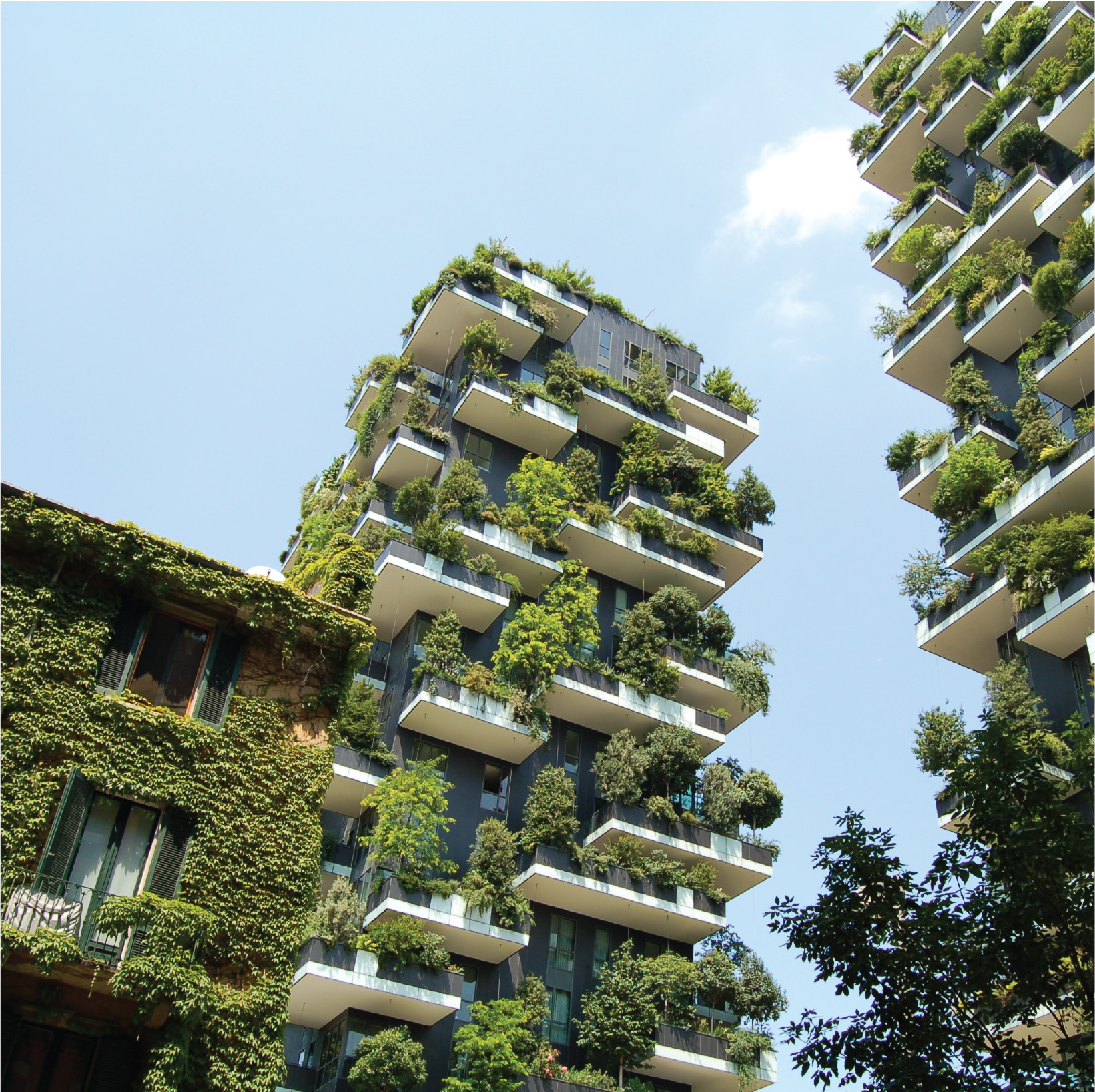
Bosco Verticale
Location Milan, Italy
Year of implementation: 2009 – 2014
Problem(s) / challenge(s) addressed: Urban heat island, air pollution, low biodiversity
Nature-based principle(s): Green
Grey infrastructure(s) replaced: Façade
Added value(s): Aesthetics, urban regeneration, carbon sequestration
Developer(s): Hines Italia and COIMA (architect: Boeri Studio)
Copenhagen Strategic Flood Masterplan
Location: Copenhagen, Denmark
Year of implementation: 2011 – 2014
Problem(s) / challenge(s) addressed: Flooding
Nature-based principle(s): Green space, water elements
Grey infrastructure(s) replaced: Sewage
Added value(s): Increased ater quality, public space, higher quality of life
Developer(s): Municipality of Copenhagen (design: Ramboll Studio Dreiseitl)
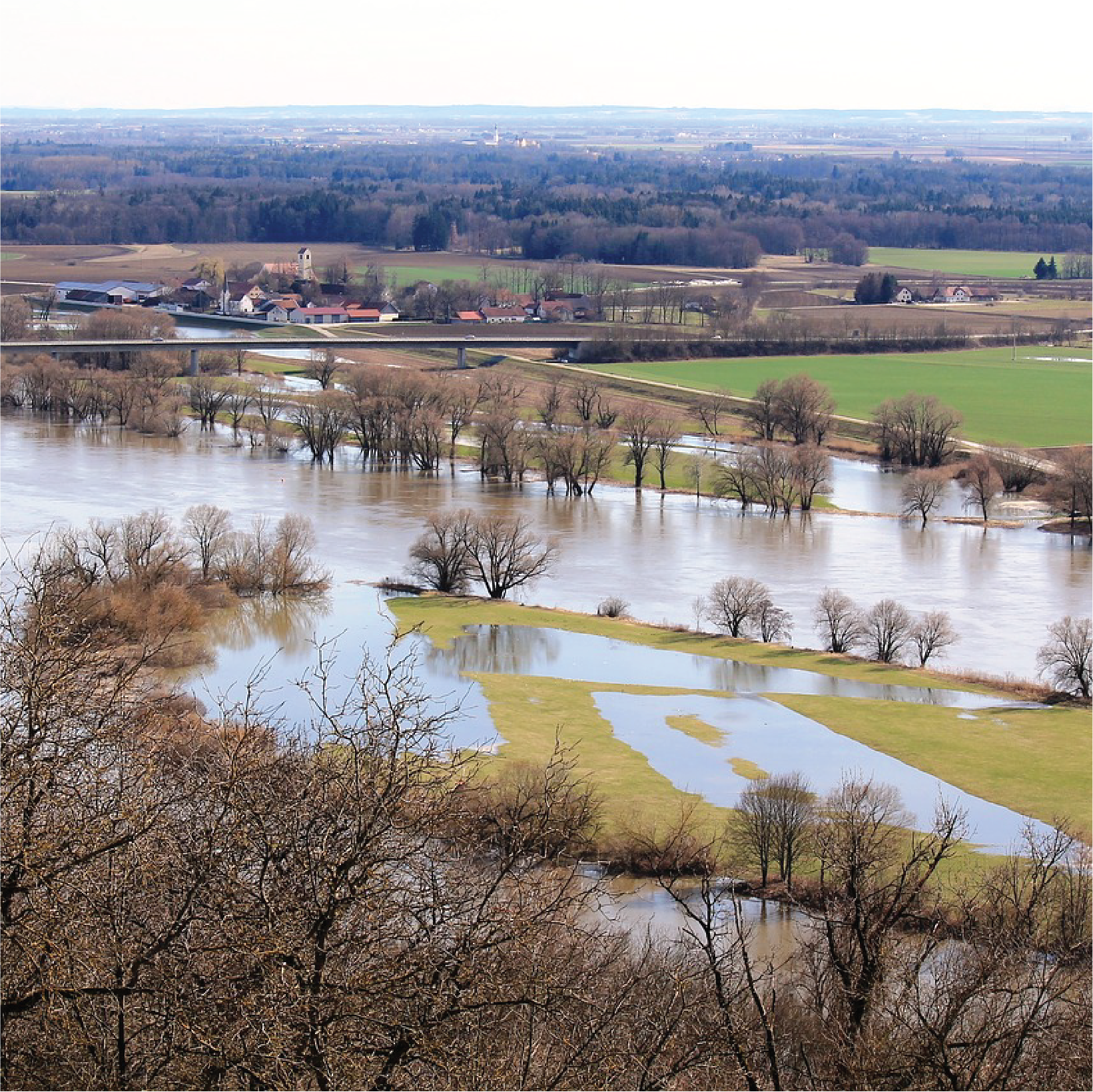
Danube Floodplain restoration
Location: Danube catchment, Austria, Romania, Bulgaria, Croatia
Year of implementation: 2018 – 2020
Problem(s) / challenge(s) addressed: Flooding, draughts
Nature-based principle(s): Floodplain restoration
Grey infrastructure(s) replaced: Hard river edges, quays
Added value(s): Biodiversity conservation

Fresh Kills
Location: Staten Island, NY
Year of implementation: 2008 – ongoing
Problem(s) / challenge(s) addressed: Soil contamination
Nature-based principle(s): Green space
Grey infrastructure(s) replaced: Landfill
Added value(s): Public space, increased biodiversity, carbon sequestration, aesthetics, recreation, flood risk management, increased water quality, natural gas collection from decomposing waste
Developer(s): Department of City Planning, New York Department of State’s Division of Coastal Resources (design: James Corner Field Operations)
Photo: Aloucha – Fresh Kills Park, May 2016 via flickr.com / CC BY NC SA
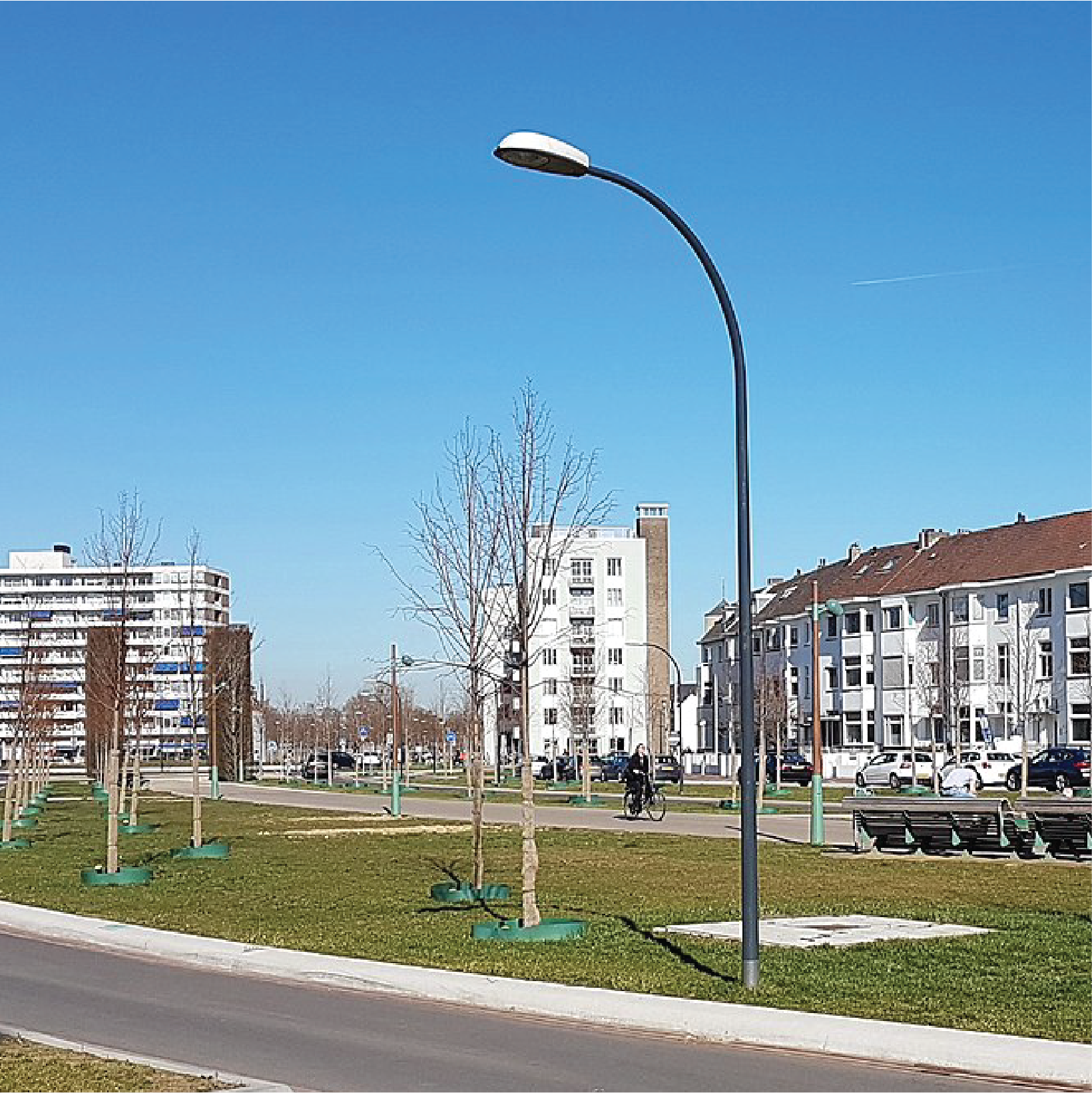
Groene Loper
Location: Maastricht, The Netherlands
Year of implementation: 2011 – 2018
Problem(s) / challenge(s) addressed: Noise and pollution from one of the busiest roads of the city which also divided the city in two
Nature-based principle(s): Green space
Grey infrastructure(s) replaced: Roads (now in tunnel)
Added value(s): Public space, increased biodiversity, carbon sequestration, aesthetics, recreation
Developer(s): Rijkswaterstaat (National Department of Public Works)
Photo: Kleon3 – Groene Loper via commons.wikipedia.org / CC BY SA
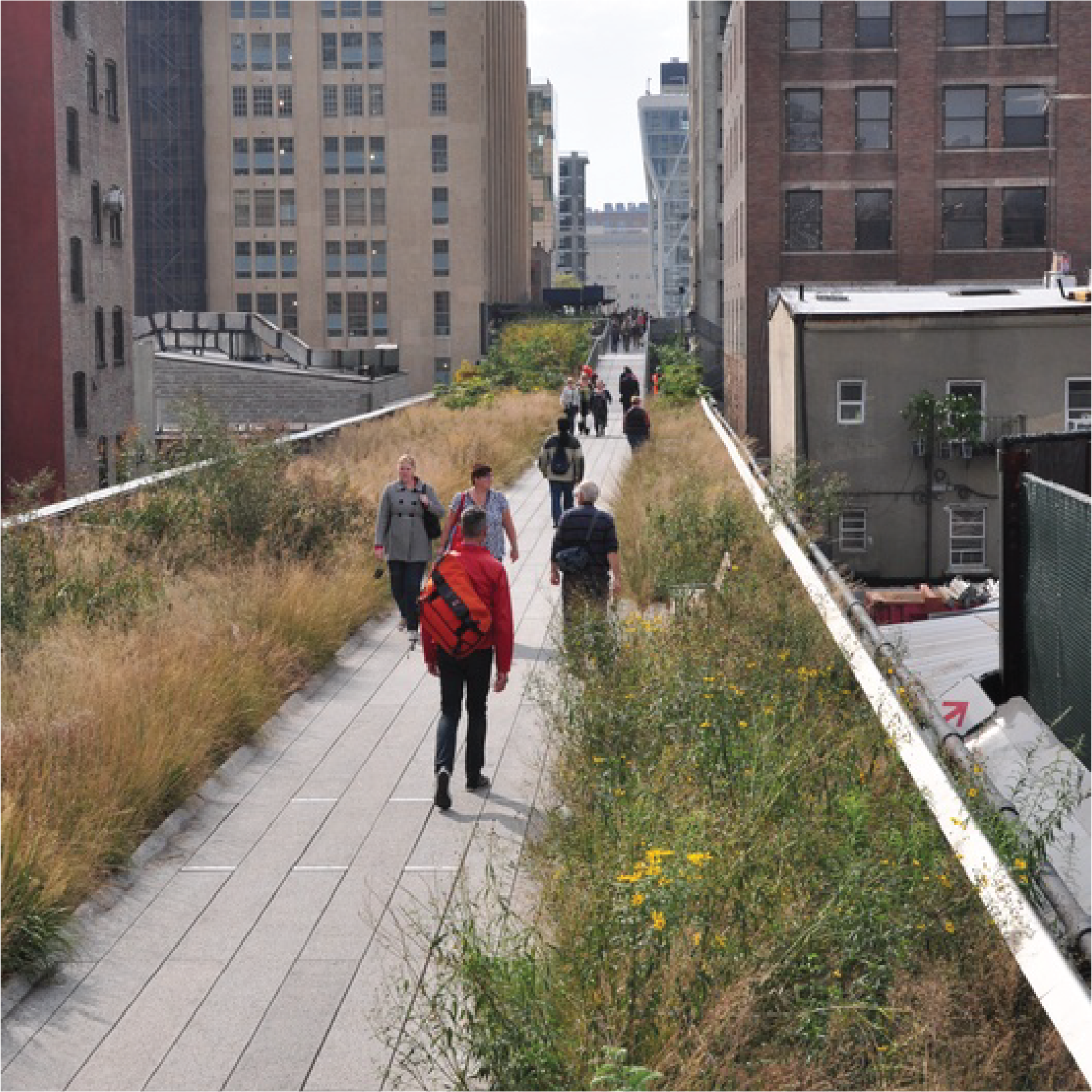
High Line
Location: New York City, NY
Year of implementation: 2004 – 2014
Problem(s) / challenge(s) addressed: Urban decay, single-usage, urban heat island, air pollution, low biodiversity
Nature-based principle(s): Green space, re-use
Grey infrastructure(s) replaced: Demolition of unused railway
Added value(s): Recreation, aesthetics, urban regeneration, carbon sequestration
Developer(s): Initially a local community (Friends of the High Line), later the city council (architect: James Corner Field Operations, Diller Scofidio + Renfro and Piet Oudolf)
Photo: Robin Stevens – High Line Park via cynic.org.uk / CC BY NC ND
Landscape restoration
Location: Rajasthan, India
Problem(s) / challenge(s) addressed: Drought, low groundwater table
Nature-based principle(s): Restoration local water cycles and water resources, reforestation
Grey infrastructure(s) replaced: Logging
Added value(s): Safe freshwater, groundwater recharge (+6m), re-established fishery, increased productive farmland, return wildlife
Developer(s): Tarun Bharat Sangh (NGO)
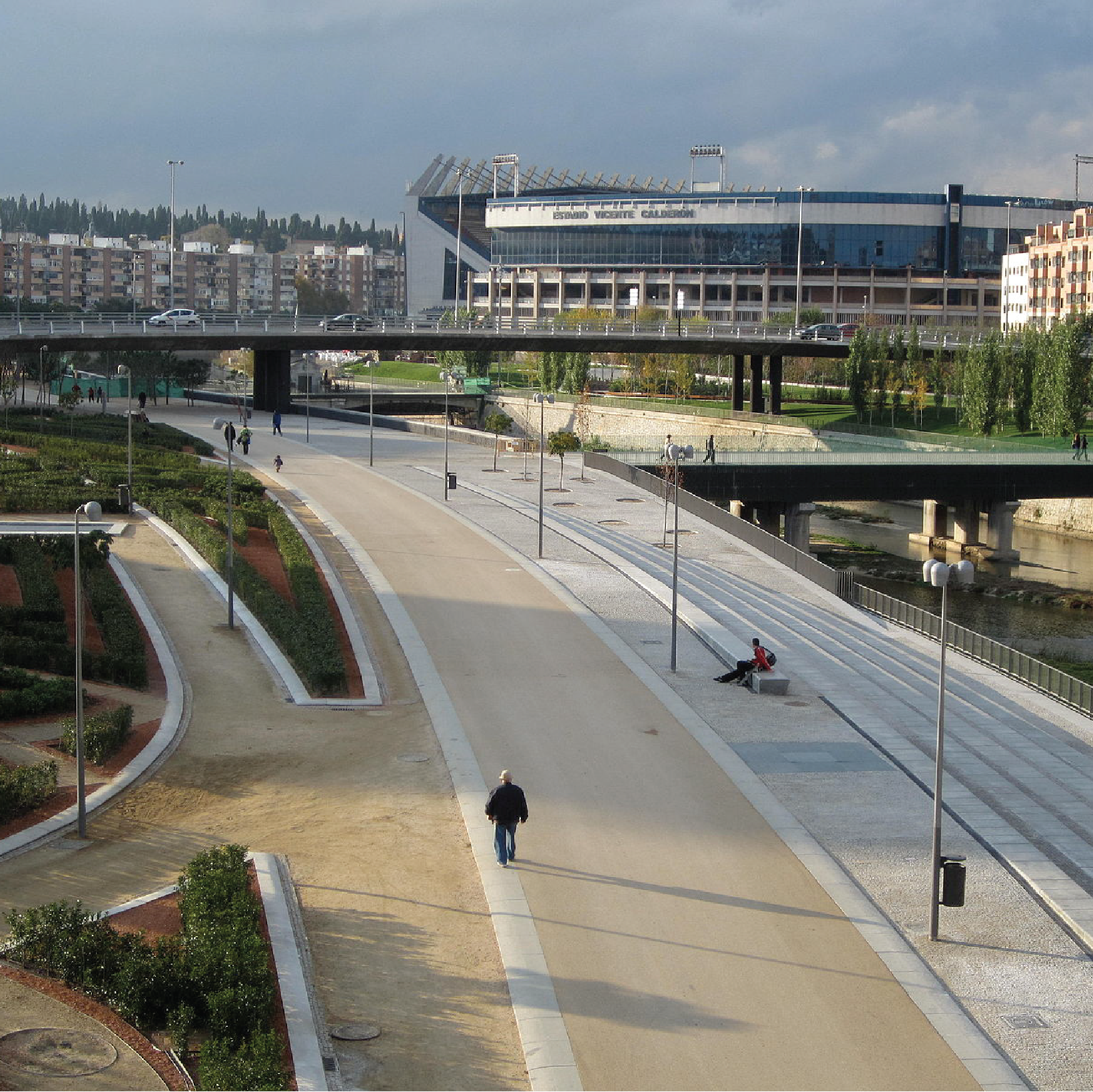
Madrid Rio
Location: Madrid, Spain
Year of implementation: 2006 – 2011
Problem(s) / challenge(s) addressed: Noise and pollution from one of the busiest roads of the city
Nature-based principle(s): Green space
Grey infrastructure(s) replaced: Roads (now in tunnel)
Added value(s): Public space, increased biodiversity, carbon sequestration, aesthetics, recreation
Developer(s): Municipality of Madrid (architect: West 8, Burgos & Garrido Arquitectos Asociados, Porras La Casta Arquitectos, Rubio & Álvarez-Sala)
Photo: La Cita Vita – Connections: Madrid Rio via commons.wikipedia.org / CC BY SA
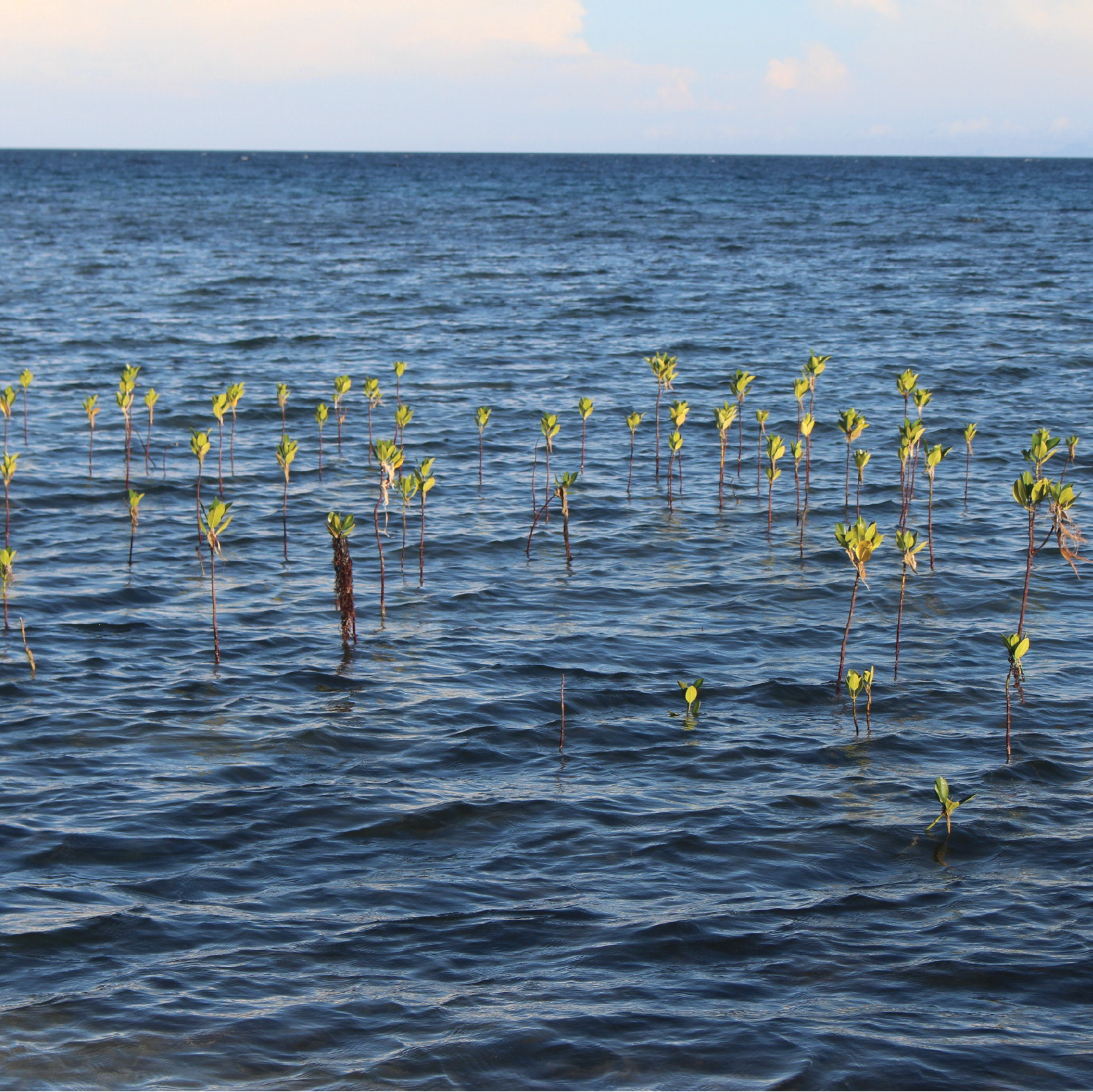
Mangrove reforestation
Location: Coastline Philippines (also in other countries)
Year of implementation: 2007 – ongoing
Problem(s) / challenge(s) addressed: Flood risk coastal communities Philippines, decreasing habitat conditions marine species
Nature-based principle(s): Bioshield for wave reduction, less-rigid transition zone between land and water
Grey infrastructure(s) replaced: Quays, dikes
Added value(s): Water safety, improved marine habitats, increased biodiversity, carbon sequestration
Developer(s): ZSL Philippines
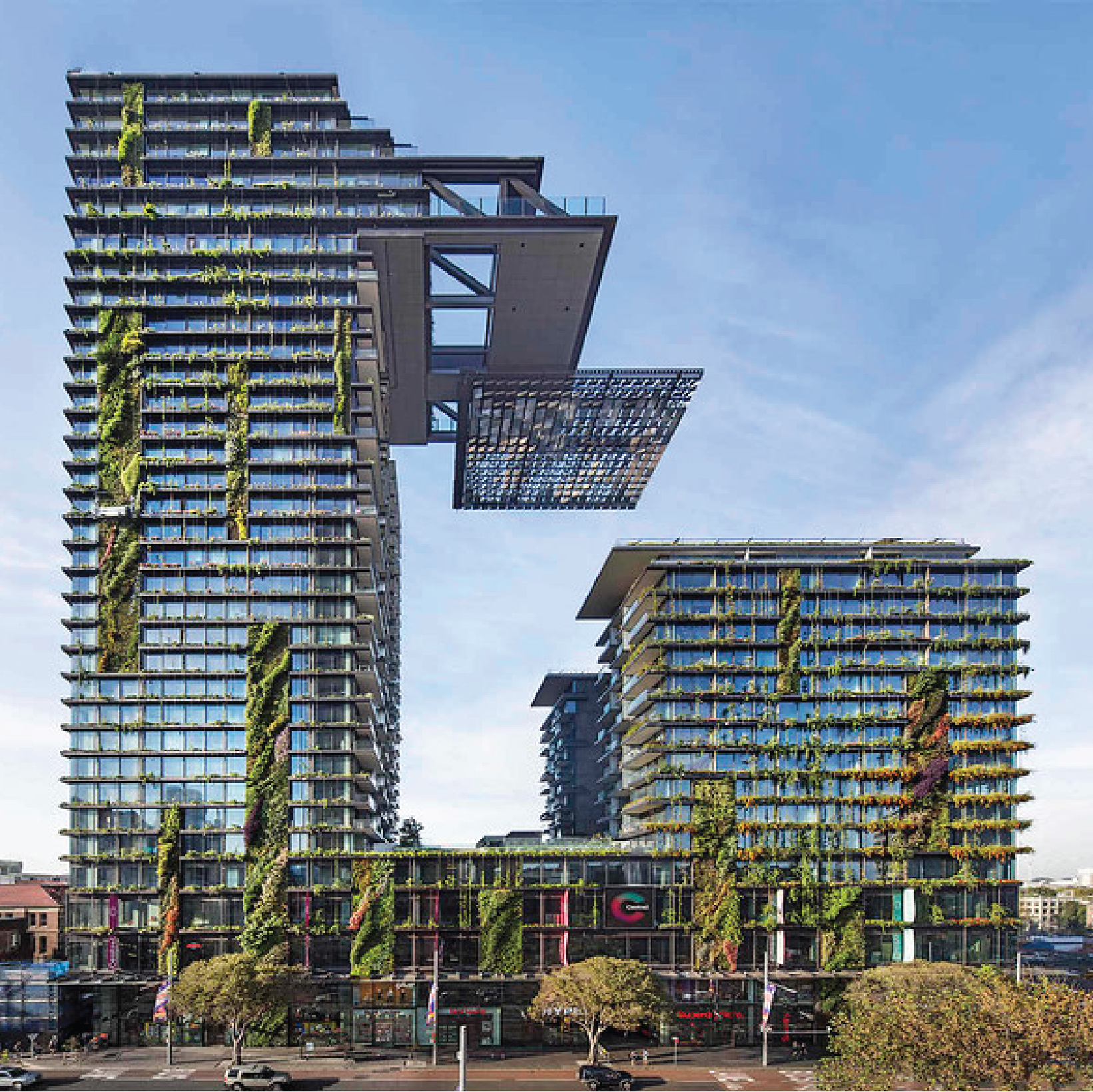
One Central Park
Location: Sydney, Australia
Year of implementation: 2012 – 2013
Problem(s) / challenge(s) addressed: Air pollution, low biodiversity
Nature-based principle(s): Green
Grey infrastructure(s) replaced: Façade
Added value(s): Aesthetics, carbon sequestration
Developer(s): Fraser Property Group (architect: Jean Nouvel)
Photo: Junaidrao – Design One Central Park via flickr.com / CC BY NC ND
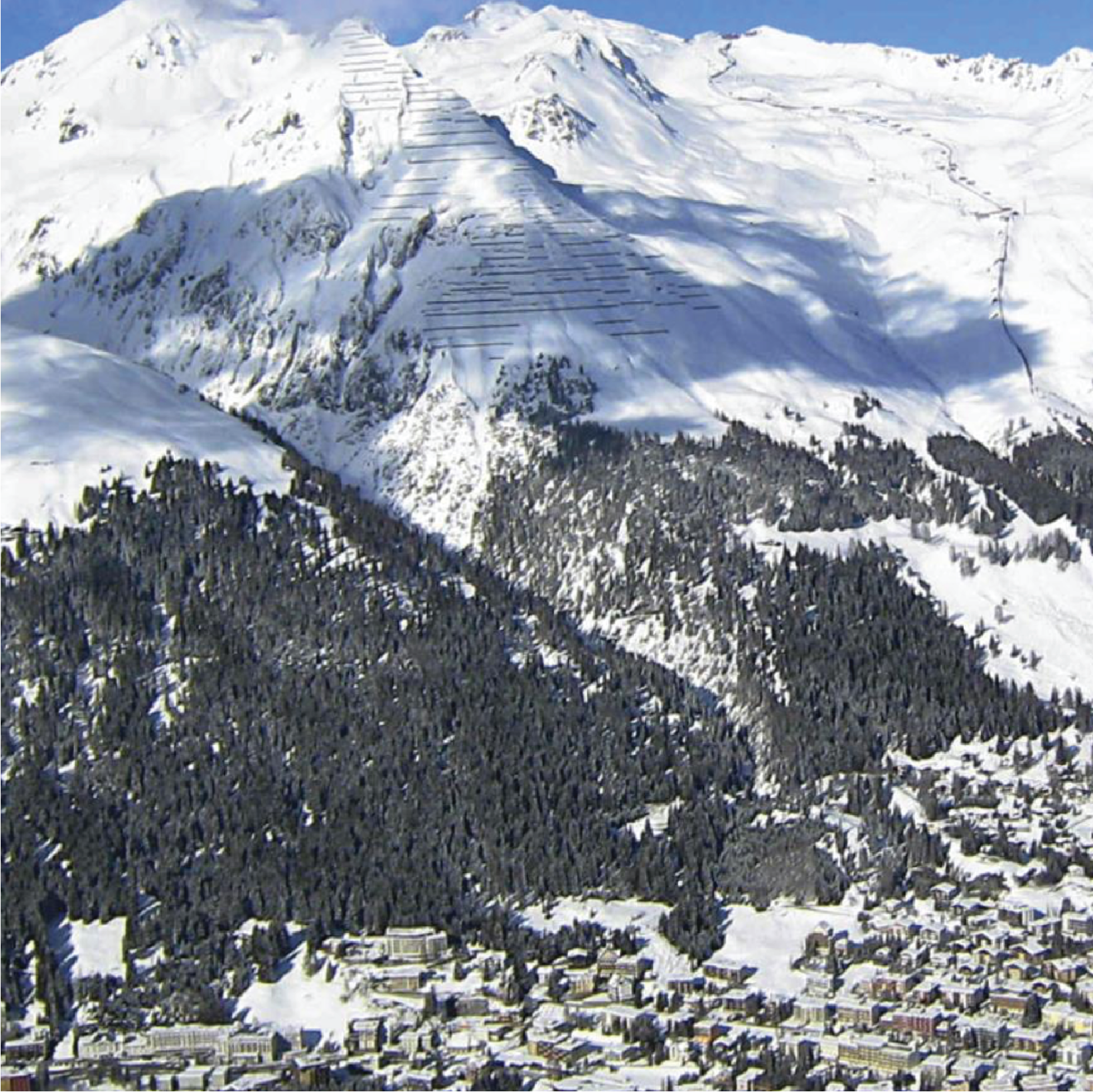
Protective Alpine forests
Location: Parsenn, Switzerland
Year of implementation:
Problem(s) / challenge(s) addressed: Landslides, avalanches
Nature-based principle(s): Afforestation of hillslopes
Grey infrastructure(s) replaced: Absence of trees
Added value(s): Landscape enhancement, increased biodiversity
Photo: Peter Bebi – Parsenn, Switzerland, 2007 / CC BY
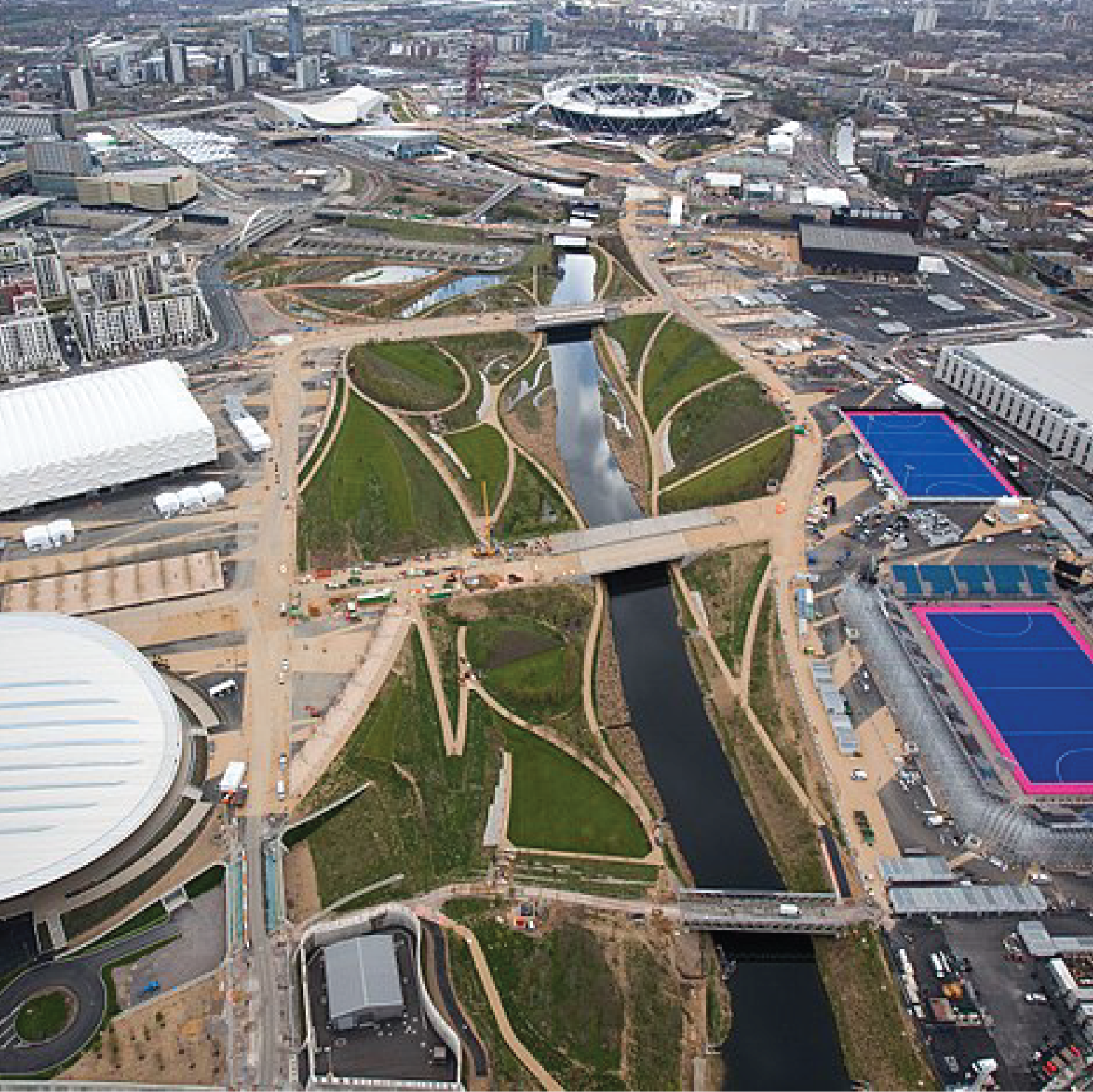
Queen Elizabeth Olympic Park
Location: London, England
Year of implementation: 2009 – 2015
Problem(s) / challenge(s) addressed: Soil contamination, poor water quality, low quality of life
Nature-based principle(s): Green regeneration
Grey infrastructure(s) replaced: Wasteland
Added value(s): Aesthetics, recreation (Olympic Games), reduced flood risk, increased biodiversity, carbon sequestration, public space
Developer(s): London Legacy Development Corporation (design: EDAW Consortium (EDAW, Allies and Morrison, Buro Happold, Arup, WS Atkins, Piet Oudolf))
Photo: EG Focus – Construction of Olympic Park, London via commons.wikipedia.org / CC BY
Qunli Stormwater Wetland Park
Location: Harbin, China
Year of implementation: 2009 – 2013
Problem(s) / challenge(s) addressed: flood risk, preservation of disappearing wetland when its ecological and biological processes have been cut off by urban context
Nature-based principle(s): Wetland preservation
Grey infrastructure(s) replaced: Sewage systems
Added value(s): Aesthetics, recreation, increased biodiversity, carbon sequestration, public space, water filtering, water infiltration
Developer(s): City of Harbin (design: Turenscape)
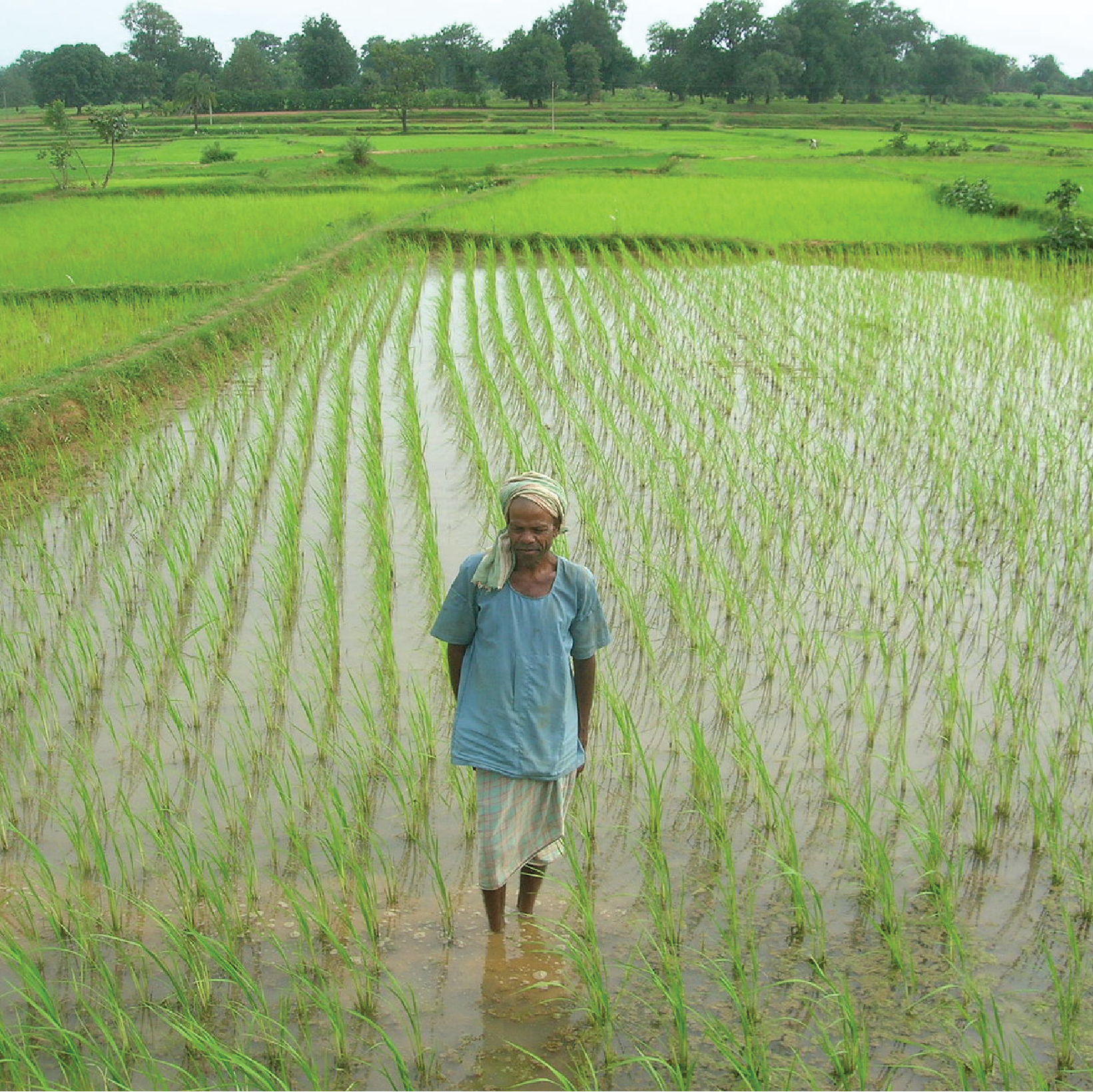
Rice intensification
Location: Madagascar (also in other countries)
Problem(s) / challenge(s) addressed: Excessive water usage
Nature-based principle(s): System of Rice Intensification (SRI), re-establishing ecological and hydrological functioning of soils
Grey infrastructure(s) replaced: Original rice paddies
Added value(s): Saving water, saving seed, cost reduction, increased paddy output, reduced methane emissions, reduced greenhouse gas emissions
Developer(s): Henri de Laulanié
Photo: Lamg – SRI farming in Chhattisgarh via commons.wikipedia.org / CC BY SA
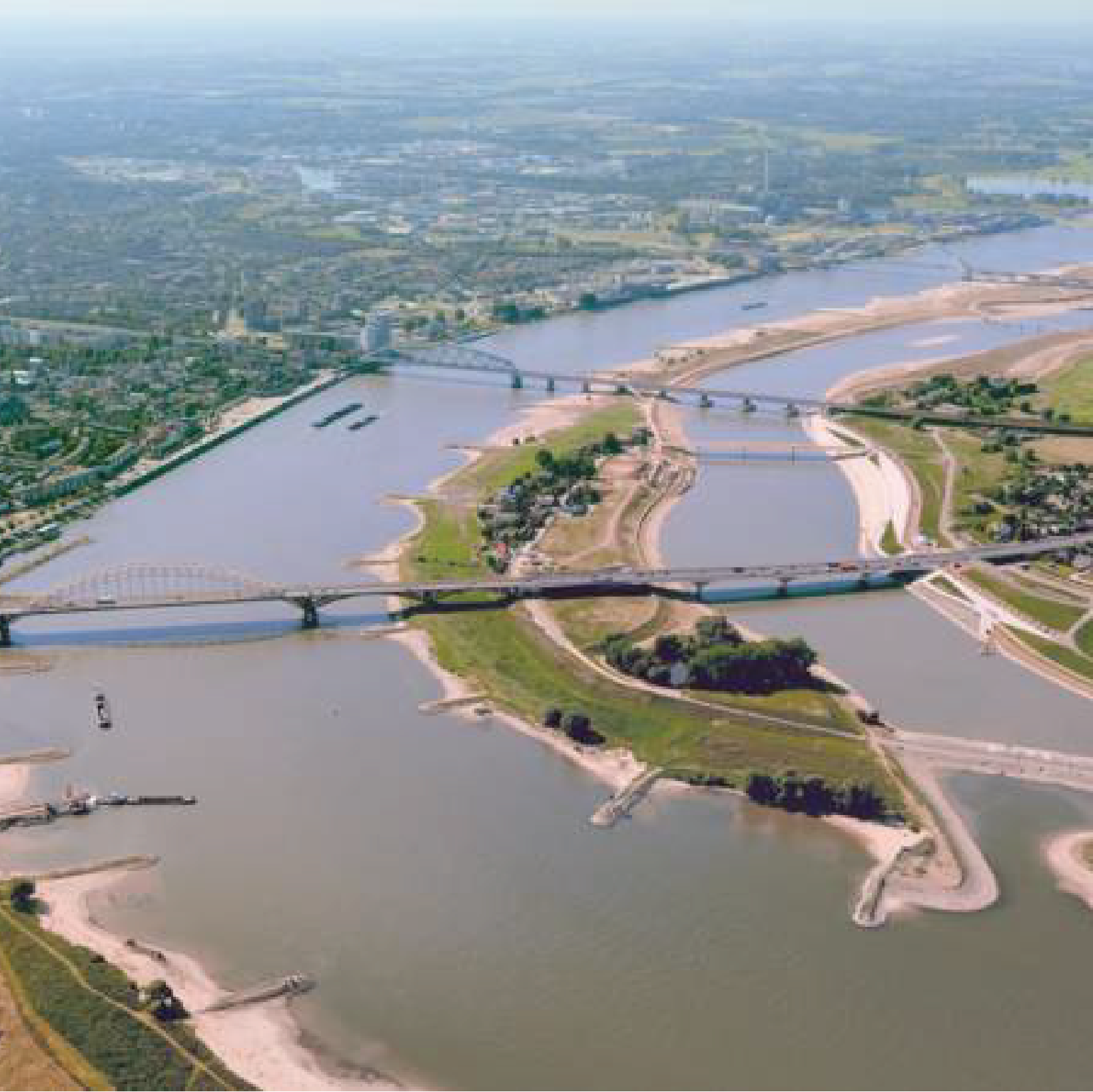
Room for the river
Location: Meuse, Rhine, Waal and IJssel rivers and their branches, The Netherlands
Year of implementation: 2006 – 2015
Problem(s) / challenge(s) addressed: Low storage capacity of rivers, flood risk in the Dutch part of the Rhine delta
Nature-based principle(s): A less-rigid transition zone between land and water
Grey infrastructure(s) replaced: Dikes
Added value(s): Water safety, recreational space, support natural environment
Developer(s): Dutch government
Photo: DaMatriX – Waal en Spiegelwaal ter hoogte van Nijmegen via commons.wikipedia.org / CC BY SA
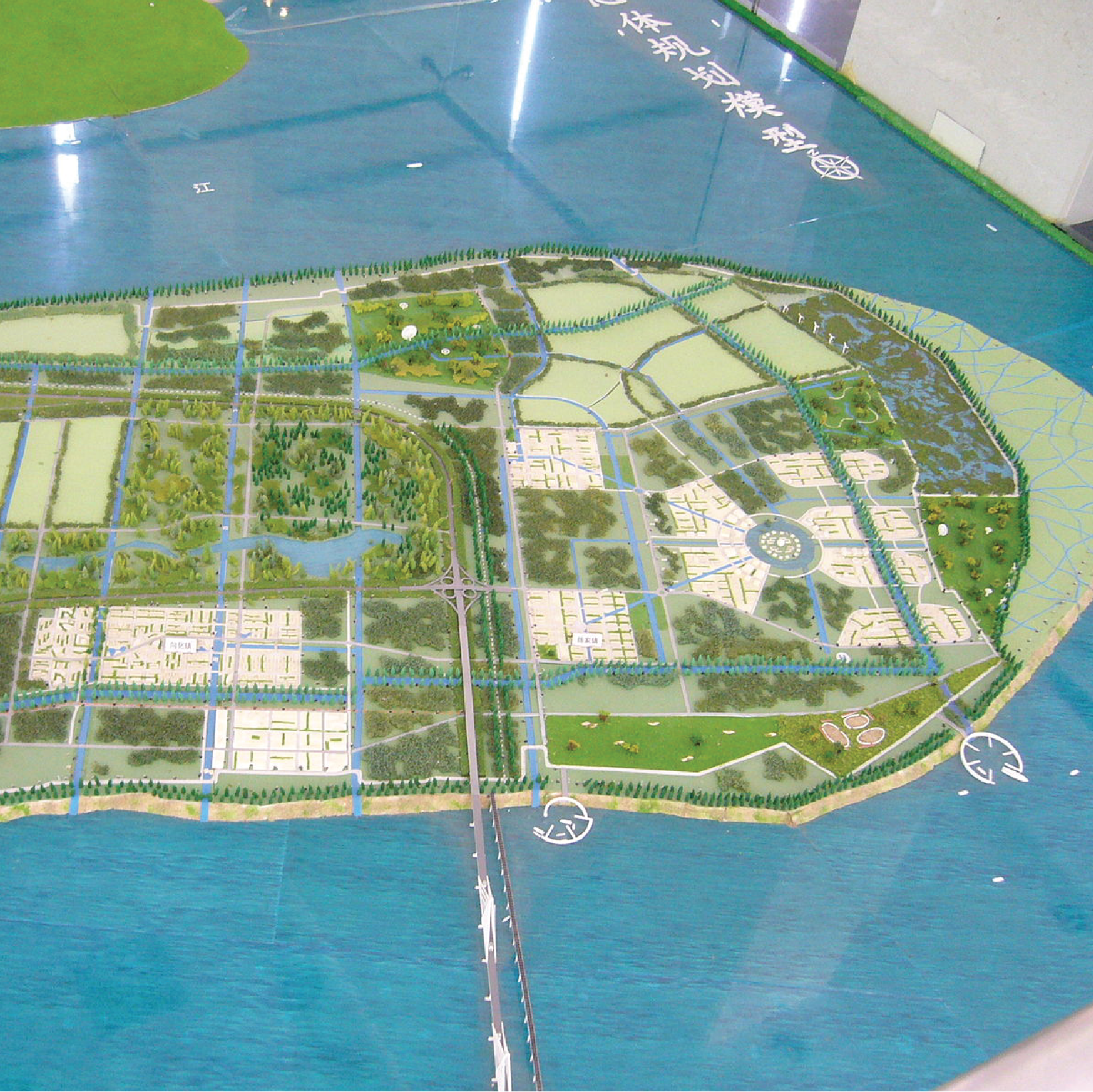
Sponge Cities
Location: Wuhan, Chongqing, Xiamen, Kunshan, China (also other cities)
Year of implementation: 2015 – ongoing
Problem(s) / challenge(s) addressed: Poor water management, water scarcity, flood risk, urban heat island, low biodiversity
Nature-based principle(s): Ponds, filtration pools, wetlands, permeable roads, storm water infiltration
Grey infrastructure(s) replaced: Sewage, impermeable roads and public space, paved surface
Added value(s): Water safety, increased biodiversity, clean water, recreation, increased biodiversity, water availability
Developer(s): Chinese government
Photo: Joshua Wickerman – Chongming Island, Shanghai, China via commons.wikipedia.org / CC BY SA
Sustainable urban drainage system Augustenborg
Location: Malmo, Sweden
Year of implementation: 1998 – 2001
Problem(s) / challenge(s) addressed: Social and economic decline, flooding
Nature-based principle(s): Water channels, retention ponds
Grey infrastructure(s) replaced: Sewage, impermeable roads and public space, paved surface
Added value(s): Water safety, increased biodiversity, increased biodiversity
Developer(s): City of Malmo
Water storage
Location: Sashane river, Zimbabwe
Problem(s) / challenge(s) addressed: Under-utilization of alluvial aquifers in river beds in arid lands for productive purposes like agriculture
Nature-based principle(s): Sand dams (which increase the thickness of the river’s sediment layer, increasing water storage and accessibility)
Grey infrastructure(s) replaced: Pumps
Added value(s): Increased water availability, supplementary irrigation
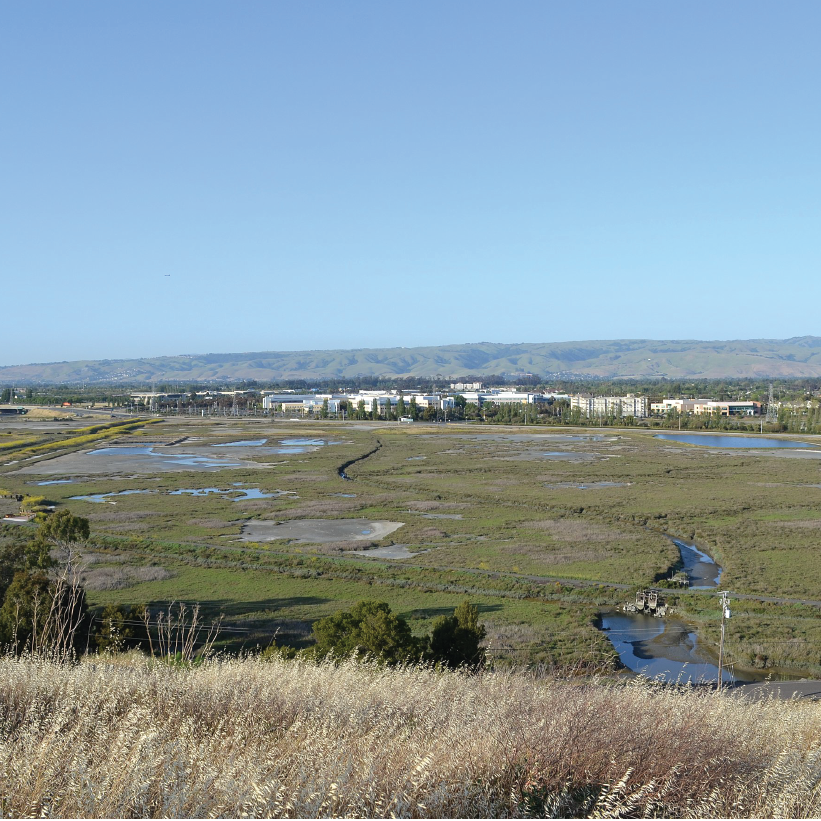
Wetland restoration
Location: San Francisco Bay, CA
Year of implementation: 2000 – ongoing
Problem(s) / challenge(s) addressed: Low biodiversity, flood risk San Francisco Bay, polluted water
Nature-based principle(s): Bioshield for wave reduction, less-rigid transition zone between land and water
Grey infrastructure(s) replaced: Salt ponds, dikes
Added value(s): Water safety, increased biodiversity, clean water, habitat for sensitive species, recreation
Developer(s): Safe the Bay
Photo: Oleg Alexandrov – Don Edwards San Francisco Bay National Wildlife Refuge via commons.wikipedia.org / CC BY SA

Nature Based Metropolitan Solutions by TU Delft OpenCourseWare is licensed under a Creative Commons Attribution-NonCommercial-ShareAlike 4.0 International License.
Based on a work at https://online-learning.tudelft.nl/courses/nature-based-metropolitan-solutions/.



